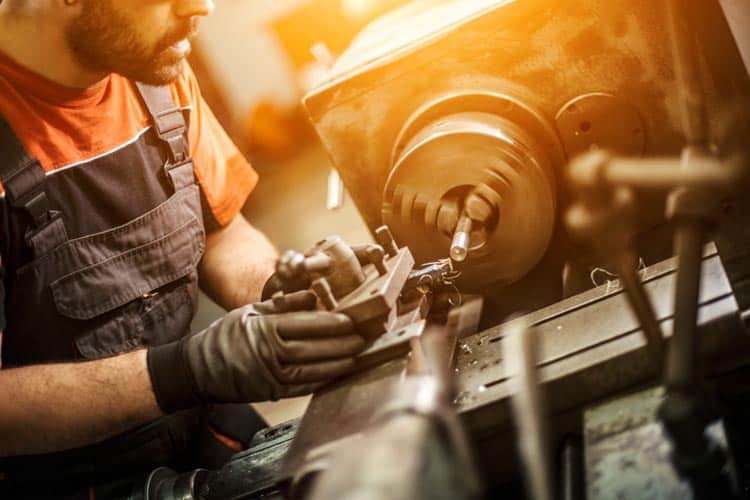First of all, let’s talk about what a lathe is. A lathe is a machine that rotates a workpiece against a cutting tool, which removes material from the workpiece. This process can create a lot of heat and can produce flying debris, which is why it’s important to take the proper precautions when working with a lathe.
One of the biggest dangers of working with a lathe is the risk of getting caught in the machine. If loose clothing or jewellery gets caught in the lathe, it can pull you into the machine, causing serious injury or even death. That’s why it’s important to always wear tight-fitting clothing and remove any jewellery before working with a lathe.
Another danger is the risk of flying debris. As I mentioned earlier, the cutting process can produce a lot of debris, which can fly off the workpiece and hit you in the face or eyes. That’s why it’s important to wear eye protection and a face shield when working with a lathe.
In addition to these physical dangers, there are also some health risks associated with working with metal cutting. Breathing in metal dust and fumes can be harmful to your respiratory system, so it’s important to wear a respirator or other type of breathing protection when working with a lathe.
Now that we’ve covered the dangers, let’s talk about some recommendations for staying safe when working with a lathe. First of all, always read and follow the manufacturer’s instructions for the lathe you are using. These instructions will provide specific safety guidelines for your machine.
Secondly, always make sure the lathe is properly maintained and in good working condition. Check the belts, bearings, and other components regularly to make sure they are in good shape and not showing signs of wear and tear.
Thirdly, always use the appropriate cutting tools for the material you are working with. Using the wrong tool can cause the material to break or fly off, which can be dangerous.
Fourthly, always make sure the workpiece is properly secured before beginning the cutting process. This will prevent it from moving or flying off the lathe.
Fifthly, always be aware of your surroundings when working with a lathe. Keep your workspace clean and free of clutter, and make sure there is enough room to move around safely.
Sixthly, never leave the lathe unattended while it is running. Always turn off the machine and wait for it to come to a complete stop before leaving the area.
Finally, if you are unsure about how to operate a lathe or have any questions about safety, don’t hesitate to ask for help. There are plenty of resources available, including instructional videos, safety manuals, and experienced professionals who can provide guidance.
In conclusion, working with lathe metal cutting can be dangerous if proper safety precautions are not taken. By following these recommendations and staying aware of the risks, you can stay safe and prevent accidents from occurring. Remember, safety should always be your top priority when working with any type of machinery. Thanks for tuning in, and until next time, stay safe and keep crushing it!
Cheers,

![]()






